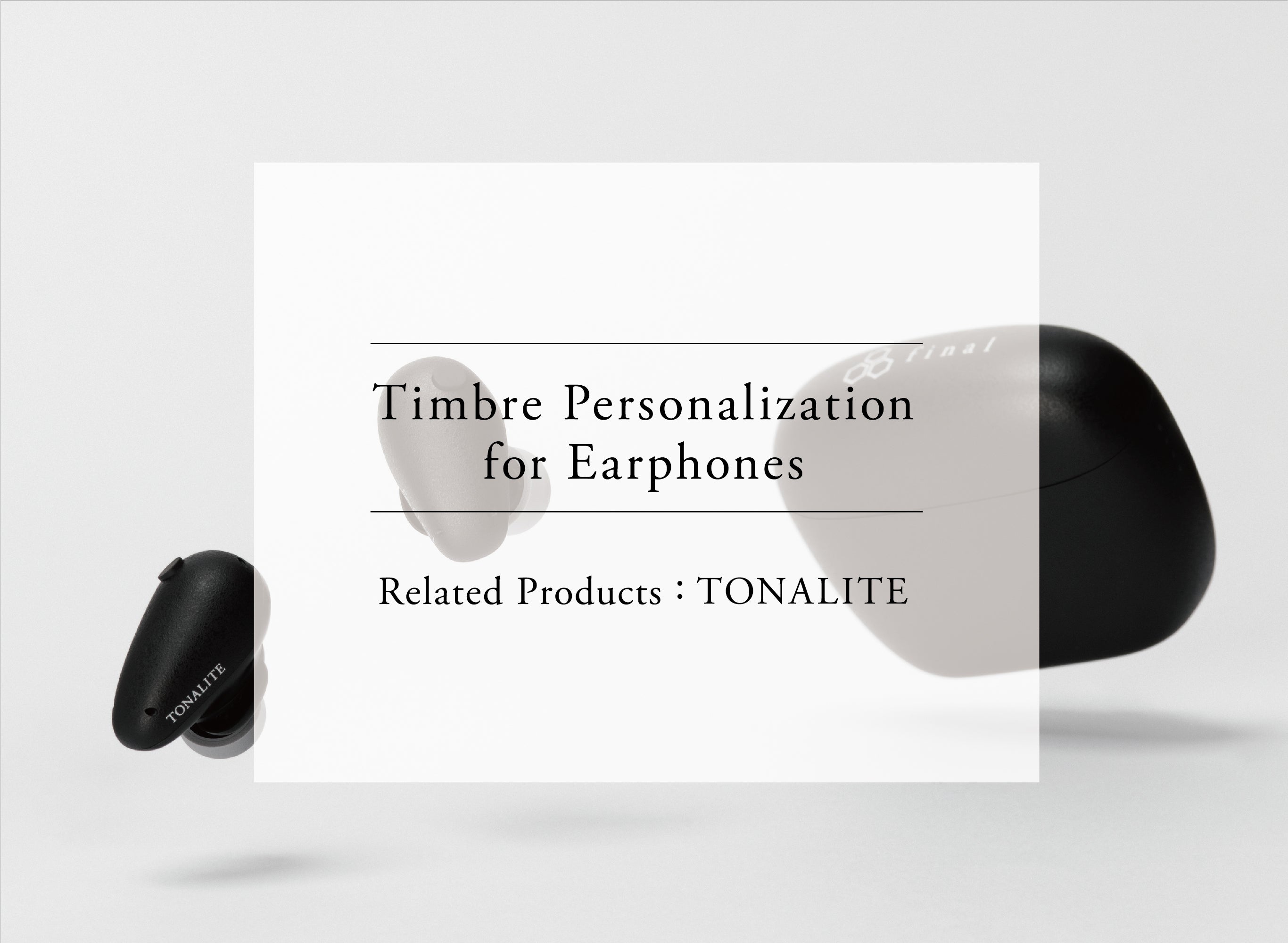We invite leading professionals active across diverse fields related to sound to engage in a talk with our Chief Scientist, Kimio Hamasaki, exploring the many facets of “sound” from both artistic and scientific perspectives.
This installment presents a four-part special feature focusing on timbre—one of the most fundamental yet complex elements of auditory perception and high-quality audio production.
At final, we pursue ongoing research and development to ensure that our earphones and headphones faithfully reproduce timbre exactly as envisioned by the original creators. In this series, Hamasaki spoke with four specialists—an instrument maker, a composer, a performer, and a recording engineer—each of whom plays a crucial role in shaping the timbre of musical content. Through their insights, we explore how timbre is conceived, realized, and captured in the creative process.
*There is more than one video on this topic, and they are compiled in a YouTube playlist. When you start the first video, all episodes will play automatically in sequence.
Timbre Special – Part I: Talking with an Instrument Maker
Violin Maker: Hiroshi Kikuta
In Part 1, “Timbre Special: Talking with an Instrument Maker,” violin maker Hiroshi Kikuta shares his approach to crafting violins and discusses what kind of sound—or timbre—he seeks to achieve. According to Kikuta, “The essential aspects of a violin’s sound are its timbre, sound energy, and the tonal balance among the four strings.”
To illustrate the nuances of timbre between different violins, violinist Lena Yokoyama, based in Cremona, performed using four violins, including those crafted by Kikuta himself.
Part 1: What does 'Timbre' means in Violin Making?
Part 2: Violin Comparison (Massenet: ‘Meditation’ from Thaïs)
Part 3: Violin Comparison (Vivaldi: Summer, ‘The Seasons,’ 3rd Movement)
*On a PC, you can view the playlist by clicking the “≡” icon in the upper right corner of the video and on a smartphone, please use the link below to open the YouTube playlist.
>> Watch All on YouTube
Timbre Special – Part II: Talking with a Composer
Composer / Spatial Sound Artist: Asako Miyaki
In Part 2, “Timbre Special: Talking with a Composer,” composer and spatial sound artist Asako Miyaki discusses how she employs timbre as a core musical parameter in her compositional and sound design work. Miyaki notes, “When a single note is played, timbre and resonance emerge, transforming the very space itself; the trajectory of sound traced within that space is what we call music.”
Part1: What does 'Timbre' means in Music?
>> Watch All on YouTube
Timbre Special – Part III: Talking with a Performer
Violinist: Arisa Yamamoto
In Part 3, “Timbre Special: Talking with a Performer,” violinist Arisa Yamamoto reflects on how she shapes timbre in performance and how she communicates musical expression through sound. Yamamoto explains, “I always perform with a clear awareness of how the sound and timbre will reach and move the listener.”
She also performed for the session, which was recorded and filmed to capture her expressive approach to tone production.
Part 1: What does 'Timbre' means in Violin Performance?
Part 2: Violin Performance (J.S. Bach: ‘Sarabande’ from Partita No.2)
*On a PC, you can view the playlist by clicking the “≡” icon in the upper right corner of the video and on a smartphone, please use the link below to open the YouTube playlist.
>> Watch All on YouTube
Timbre Special – Part IV: Talking with a Recording Engineer
Tokyo University of the Arts Professor: Toru Kamekawa
He also engineered the recording of Arisa Yamamoto’s violin performance, which was documented in this feature.
Part 1: What does 'Timbre' means in Music Recording
Part 2: Behind the Scene for This Recording
*On a PC, you can view the playlist by clicking the “≡” icon in the upper right corner of the video and on a smartphone, please use the link below to open the YouTube playlist.
>> Watch All on YouTube





